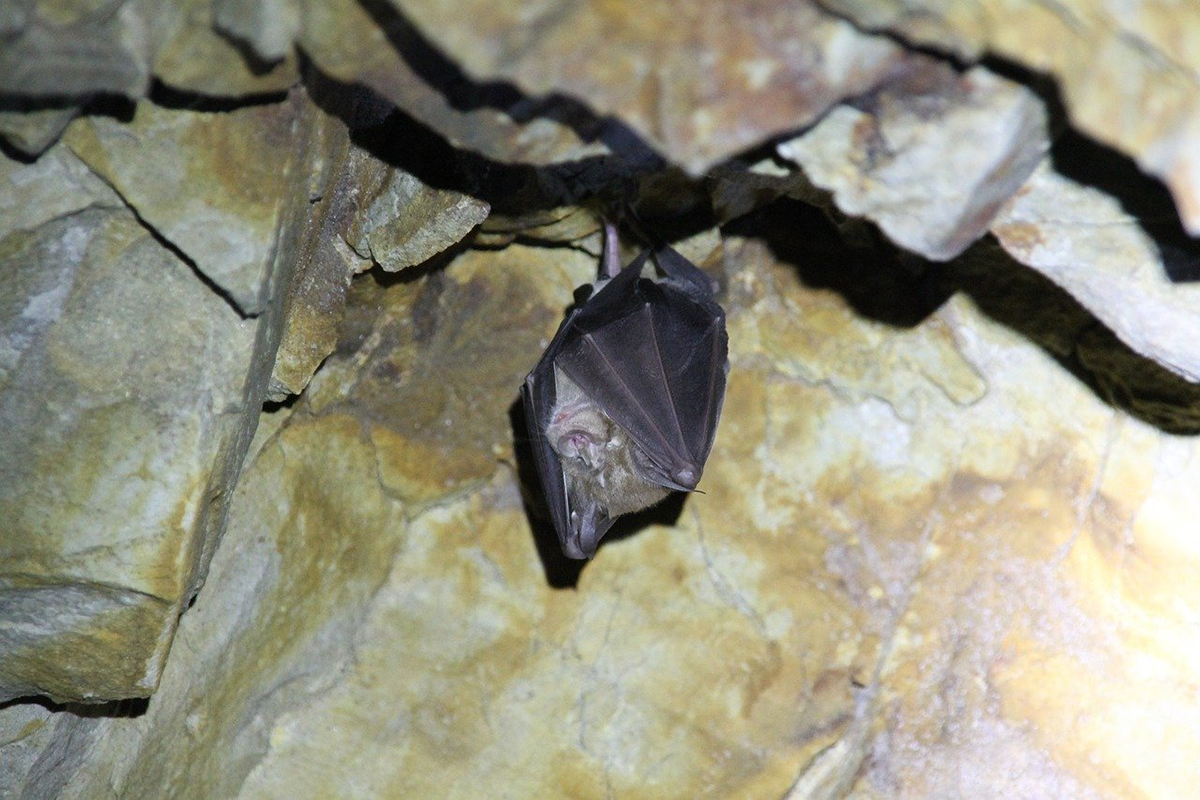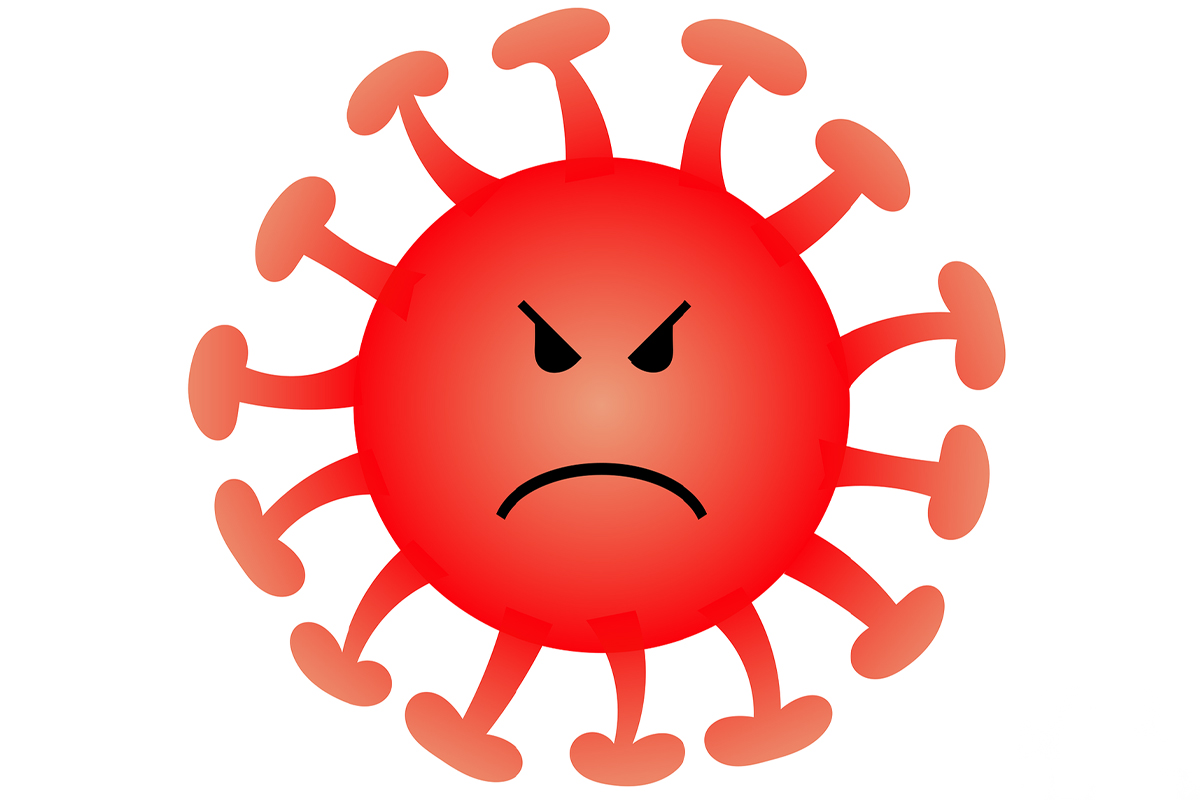
There are many advantages that bats offer us. Apart from helping to contain insects and dispersing seeds of certain plants, bats also secrete a product that is very useful to us in agriculture: bat poop. Surely many will find it strange and even disgusting, but the massive accumulation of feces from seabirds, bats and seals contain a substrate called guano. It is a word from Quechua that means "compost". It only occurs when the environment is arid or with a low level of humidity.
It turns out that the guano used as fertilizer is a fertilizer with a very high efficiency. This is due to its high content of phosphorus, potassium and nitrogen. These three components are the main ones for good plant growth. During the XNUMXth century, guano was commercialized and its importance was notable at an agricultural level. Due to its importance, remote islands were colonized throughout the world. A century later, in the XNUMXth century, birds and bats that produce this substrate became an important conservation target. Even today, guano is still highly prized, especially when it comes to organic farming.
Composition of bat poop

Seabird droppings are rich in various components. Among them are ammonium oxalate, phosphate, phosphorus and nitrogen. It also has a high level of impurities and terrestrial salt. Guano that comes from locally fresh deposits, such as the Chincha Islands in Peru, typically contains 8-16% nitrogen, 2-3% potash, and 8-12% phosphoric acid. As for bat poop, when it is fresh and from insectivorous bats, it has nitrogen levels similar to those of seabirds. It also has high levels of phosphate. However, nitrogen is usually released in cave environments. Thus, guano from bats usually has a lower fertilizing value than that from seabirds.
[related url=»https://infoanimales.net/murcielagos/myotis-bechsteinii/»]
Human beings have invented a mineral fertilizer that imitates natural guano, a kind of artificial fertilizer. In general, it is made with what is left over from fishing, that is, everything that is not used as food. Being an organic matter with a high calcium content, this type of guano was used at the beginning of the XNUMXth century to generate electricity in some places on the coast, such as Isla Cristina, which is located in the southwest of Spain.
history of guano
The exploitation of bat and seabird poop began in 1845. Due to its properties as a fertilizer, it was a very important product for countries like the United States or England. This type of fertilizer is collected from different islands and islets belonging to the Pacific Ocean. Among the most prominent places that export this material are Peru, Nauru and Juan de Nova Island. Currently, guano continues to be a product in high demand for organic farming, since it is a natural fertilizer that replaces artificial fertilizers.
Medicine

Historical testimonies have been found that claim to have searched for, and even found, medicinal qualities in guano. One of them belongs to Monsieur Curet, the captain of the ship L'Eduard. This man affirmed in his day that guano was used in baths, in herpes, leprosy, gout and scrofula with good results. Another testimony, this time from Dr. Recamier, claims to have cured a 21-year-old woman who suffered from a very severe herpetic condition. Apparently she was very complicated and resistant, but the guano healed her. Another case of healing thanks to this natural fertilizer is that of a 50-year-old woman who had ulcerations for four years. According to her testimony, she was cured very quickly after using the guano.
Diseases transmitted by bat poop
There are many animals that carry diseases that are transmissible to humans. Those that affect both animals and us are called zoonoses. Bats are one of the animals that transmit the most diseases. Generally, the viruses they carry are transmitted through their saliva and through fungal spores that exist in their droppings. Therefore, it is advisable not to touch the poop of bats.
There are about 60 diseases that can be transmitted to humans. However, those most associated with bats are histoplasmosis and rabies.
histoplasmosis

It is an infection caused by inhaling the spores of the histoplasma fungus. It is quite common in bird and bat droppings. Although we can catch it as soon as we breathe, this disease is not spread between people. Histoplasmosis is usually mild and asymptomatic. Otherwise, the most common symptoms are chest pain, fever, malaise, and a dry cough. It usually affects the lungs, but in more severe cases it can spread to other organs. This phenomenon is called dissemination of the disease. It usually affects newborns, children, the elderly and people who have immune problems in this way.
Rage
Rabies is without a doubt the best known zoonosis of all. It is highly fatal and affects the central nervous system. Rabies is almost eradicated in Europe. However, we must be careful when handling excrement and not let ourselves be bitten by wild animals, just in case. This virus is mainly transmitted by bites (saliva) and scratches. However, it can also be spread through contact with the bat's skin, blood, urine, or guano. Besides bats, many other animals can transmit the rabies virus, including foxes, raccoons, jackals, skunks, and other wild carnivores.
[related url=»https://infoanimales.net/murcielagos/myotis-emarginatus/»]
In conclusion we can say that bat poop has its advantages at an agricultural level, but if we find it at home we must be careful. It is advisable to go to pest experts to get rid of it. With bats, on the other hand, the ideal would be to find a solution that is neither deadly nor harmful to them, so that they can continue helping the ecosystems.